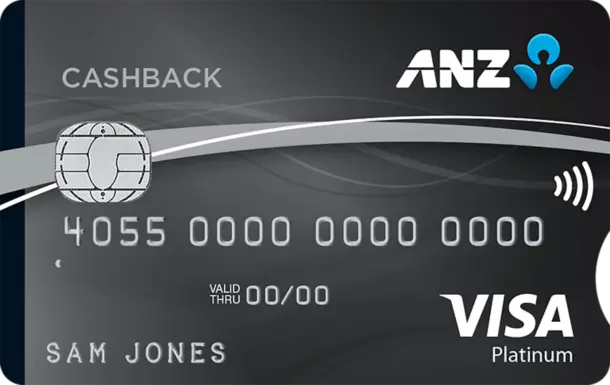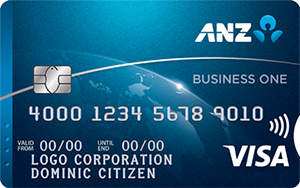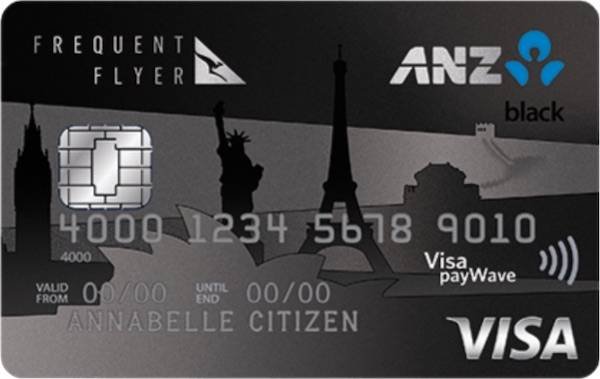Credit cards have become an integral part of our daily financial transactions. While they offer a convenient payment option, it’s important to understand the terms and conditions associated with credit cards, especially the annual percentage rate (APR). APR determines the cost of borrowing on a credit card, and it can vary from one card to another. This article will provide a comprehensive overview of credit card APR, including what it is, how it works, and what you need to know to manage it effectively.
How Credit Card APR Works
Credit card APR is usually calculated on a monthly basis, but it’s expressed as an annual percentage rate. The APR includes both the interest rate and any fees associated with the credit card, such as an annual fee or balance transfer fee. The interest rate can be fixed or variable, depending on the credit card issuer’s terms and conditions.
Different Types of Credit Card APR
Credit cards usually have multiple APRs, including a purchase APR, balance transfer APR, cash advance APR, and penalty APR. The purchase APR is the interest rate charged on any purchases made using a credit card. The balance transfer APR is the interest rate charged on any balance transferred from another credit card. The cash advance APR is the interest rate charged when you withdraw cash from an ATM using your credit card. The penalty APR is a higher interest rate charged when you fail to make payments on time or default on your credit card account.
What is a Good APR for a Credit Card?
A good APR for a credit card depends on various factors, including the borrower’s credit score, payment history, and credit utilization ratio. Generally, a lower APR is better, as it means lower interest charges on outstanding balances. It’s important to compare credit cards from different issuers to find the one with the lowest APR and the best terms and conditions that suit your financial needs.
Tips to Manage Credit Card APR Effectively
To manage credit card APR effectively, it’s important to pay off the balance in full each month to avoid paying interest charges. If you can’t pay off the balance in full, try to pay more than the minimum payment due each month to reduce the interest charges. It’s also essential to keep track of payment due dates and make payments on time to avoid penalty APR charges. Finally, consider negotiating with your credit card issuer for a lower APR if you have a good payment history and credit score.
Conclusion
Credit card APR is a crucial factor to consider when choosing a credit card and managing your finances with credit report. By understanding what APR is, how it works, and the different types of APRs, you can make informed decisions about your credit card usage. Remember to compare credit cards from different issuers, pay off your balance in full each month, and make payments on time to avoid penalty APR charges. With these tips, you can effectively manage your credit card APR and credit card debt, and stay on top of your finances.





